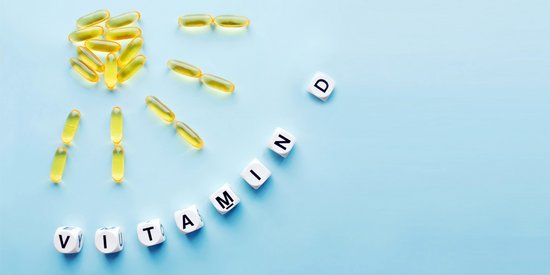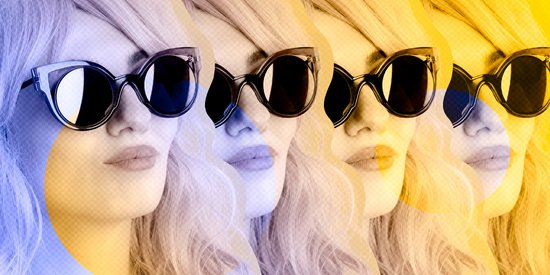Since the 1930s, tanning has become synonymous with good health.
From the first rays of sun at the end of winter, the benefits of the sun in spring, and every summer, the sun makes people happy, but it is not without its dangers.
Do you want to make the most of the good weather and maintain your resistence to the sun’s rays?
Discover our tips for understanding and avoiding the dangers of the sun on the skin.
Is the sun friend or foe?
Several scientists have worked, and are still working on, the principles of the benefits of the sun.
Yet the current trend is to warn about the effects of the sun and to advise us to strengthen our vigilance.
Lets take a look at the advantages and disadvantages of the different wavelengths contained in sunlight, better known as ultraviolet A and B (UVA and UVB).
Like Dr Auguste Rollier, many scientists quickly realized that UVB can synthesize vitamin D, but that it can also modify the structure of our DNA. During various research, he also quickly understood that UVA rays damaged certain tissues.
Dr Rollier says he has never seen a single skin cancer after 50 years of using heliotherapy (a therapeutic protocol using the sun's rays).
As paradoxical as it may be, it is possible to treat skin cancer with the help of the sun's rays, which are now blamed for this skin cancer in the first place.
Our columnist now focussed on the information regarding the poisonous side of the benefits of the sun, so she continued her investigations into why the health authorities have such relentless opinions on the issue of sun-related risks?
According to many scientists, the human body is endowed with a natural intelligence which enables it to counteract its side effects, so is it really true?
Are we attacking a very juicy cream and sun protection market of all kinds?
Why hide the fact that the sun is the magic key, which, through its direct action on the hypothalamus gland, activates all manner of good things for the body?
In ninth place in the dock, we find skin carcinoma, and the fact that the number of cases of malignant melanoma linked to skin cancer has tripled over the past 20 years in some countries.
UV rays, admittedly known for their benefits, directly kill more than 1,680 people each year in France alone according to the Cancer Institute.
And yes, skin cancer has taken its place in the sun, despite the benefits.
We all know that the famous rays of the sun boost our morale, and that UVBs allow us to synthesize vitamin D and strengthen our bones, thus helping in the prevention of osteoporosis.
So how can you tan safely?
The only recommendation needed would be to expose yourself gradually and yes the whole problem is there.
According to many dermatologists, it is simply the way we expose ourselves, that a tan can actually create skin damage.
Quite simply, it is how much time we are in the sun that can make all the difference, and what time we are in the sun.
It is strongly recommended that you do not expose yourself between 12 p.m. and 4 p.m. and, above all, to avoid any monoi-type of tanning accelerator.
Make the right choice according to your phototype and give preference to a mineral filter rather than a chemical one, because well beyond being endocrine disruptors, chemical filters are also shown for their allergic reactions and are especially harmful for living organisms in sea and river water.
And in order to protect your skin against all these inconveniences, it is recommended to use an after-sun treatment.
To benefit from the best advice, it is suggested that you contact your qualified dermatologist to recommend the best sunscreen that suits your skin type.
The benefits of the sun also come with dangers that are now well known…
The sun, let's take advantage of it, but protect ourselves.







